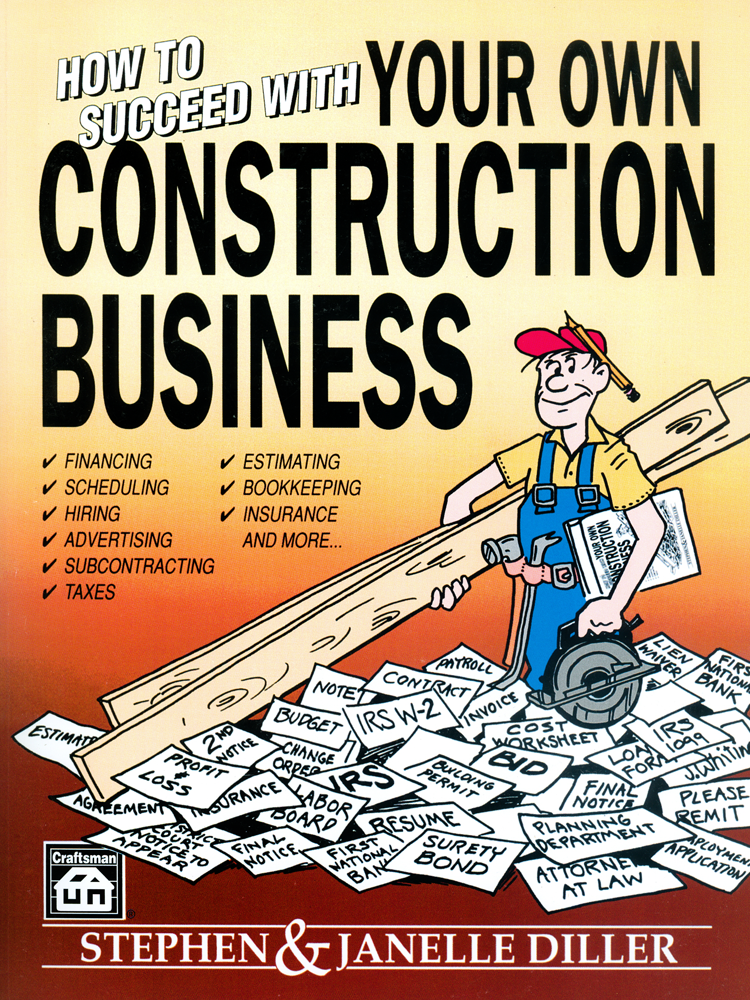Technology
Making Rebate Management in the Distribution Industry More Efficient
Software solutions reducing the amount of time spent on rebate programs

“I was catching errors through analytics, but obviously, I couldn’t go through every single program … I relied on the team calculating it; there was a lot of manual [work] going on at a fast pace.”
— Kimberly Frank, corporate controller for Richards Building Supply
— Photo by Artem Podrez.
Here’s a scenario that’s likely unfolded in many distribution branches over the years: It’s getting close to year's end, and as someone goes through their checklist of to-dos, a question pops up — “How are the rebates coming?”
Which then sets off a chain reaction.
Someone starts sorting through the mail for a rebate check they thought they saw. Another person hops onto their computer to pull up the various spreadsheets used to track all the rebate programs.
It’s not that distributors don’t care about rebates — it’s an aspect of the business that drastically affects the bottom line — but keeping them all straight can be a hassle with so many other priorities to manage.
Kimberly Frank, corporate controller for Richards Building Supply, knows how tough it can be to track rebates properly. Her company relied on Excel and two different calculations for its vendor rebates. She would audit these as the controller to ensure the calculations worked as intended. Although a cumbersome process, it worked well enough but often resulted in considerable double-checking.
“I was catching errors through analytics, but obviously, I couldn’t go through every single program … I relied on the team calculating it,” she said. “There was a lot of manual [work] going on at a fast pace.”
If Frank needed more information to correct an error, she needed to view the worksheets of the branch in question. Unfortunately, the digital worksheets were so large they had to be sent in tranches, which meant juggling multiple files to get a complete picture.
On top of that, rebate programs can have many moving parts. For instance, rebates are often calculated on year-over-year growth but may not include certain products. Conversely, other products might be added mid-year that need to be tracked.
If you’re having sympathy pains for Frank, you’re not alone.
Rebate programs can get granular, so many distributors rely on manufacturers to track them accurately. Unfortunately, they, too, can have their issues, resulting in lost rewards that distributors may not even realize they’re missing. Additionally, more distributors and manufacturers are personalizing rebates, making managing loyalty and rebate programs complex.
In short, tracking them all is time-consuming, but Frank knows the consequences of not managing the process correctly can be significant.
“It’s massively huge to the bottom line, and from a finance side, in my mind, it’s one of the biggest numbers, and you should have a dedicated team to it,” she said.
As anyone in the construction industry will tell you, the people and bandwidth needed to manage disparate information like multiple rebates aren’t available.
“The accuracy has always been there, but the time consumption has been elevated over time,” said Mike DiStefano, COO and executive vice president of Continental Materials in Abington, Pa. “It’s more people or more hours for one person, and it’s not always a good use of time for someone in our office when there’s other things to be done too.”
Enabling Rebate Optimization
A company called Enable saw this pain point and decided to tackle it. Formed in 2016, the firm helps manufacturers, distributors and retailers manage their rebate programs, gather all the data, and present it in one place to make tracking easier. 
“I think about how software can help to bring manufacturers and distributors closer together in a way that’s like vertical integration, but clearly not going that far,” said Andrew Butt, CEO of Enable. “How can we tie the manufacturers’ products with the distributors’ branches in a way that can serve customers better?”
Having started overseas in the United Kingdom with clients like Travis Perkins, the cloud-based rebate management program quickly took off. Upon entering the U.S. marketplace, Enable found a home in industries like lumber, construction, building materials and roofing — so much so that Butt moved from the U.K. to the U.S., which helped the concern gain $17 million in Series A funding in 2020.
Enable is now used by roofing distributors of all sizes nationwide. Since it’s cloud-based, there’s no need to install software. Once in place, the program can help oversee aspects like tracking the rebates distributors receive from manufacturers, what distributors pay out to customers for loyalty, and rebates and rewards given directly to contractors that distributors manage.
“The system we have helps you determine where you could be buying, where you might be trying to push sales based on the types of rebates you can earn and the profitability you can get, and also how you can negotiate better arrangements,” Butt said.
As Frank from Richards Building Supply painfully recalled, there is clearly a need for rebate management. Deloitte listed Enable as a ‘Technology Fast 500’ company in 2022 for its 2.5-times revenue growth, and this year made Inc. magazine’s ‘Inc. 5000 List’ for the third consecutive year.
Both lists track some of the fastest-growing companies in the country, which Enable has certainly accomplished; Butt reports the company has grown by 10 times in three years.
A Rebate on Time
About a year ago, Richards Building Supply came across Enable. For Frank, it was a massive relief. She said the software takes on all the data and calculations, automating much of the process; the firm has only to monitor the initial rebate setup. These days, one employee manages the rebate programs the second they arrive, while Frank can more easily monitor and audit them.
“Hours-wise, we’re talking about three weeks of work we’re knocking down to a day,” Frank said. “The biggest thing was I can audit it so much easier — everything is at my fingertips.”
 Photo: Enable
Photo: EnableRichards isn’t the only company in the building materials space looking to improve rebate management. DiStefano said that within the last four months, Continental Materials has also used Enable to help streamline its processes.
And, like Richards Building Supply, DiStefano said Continental Materials is experiencing benefits from using Enable. However, he is remaining cautiously optimistic at this point since it’s only been a few months. He said the company is still tweaking which phases of the rebate management can be automated versus requiring manual input.
“We wanted to come up with something that would be responsive to how our customers are incentivized,” he said. “Our customers like to keep track more than they used to, so this will allow us to do things more routinely and often.”
Butt is keenly aware of proliferating software in the construction space, promising to fix “all the problems” a distributor has, but notes that Enable offers both its software and the support to help distributors get it up and running.
“Our whole mission is to make it fast and simple and easy,” he said. “Distributors are our biggest [customers]; we have more distributors than any other type of company.”
Looking for a reprint of this article?
From high-res PDFs to custom plaques, order your copy today!








